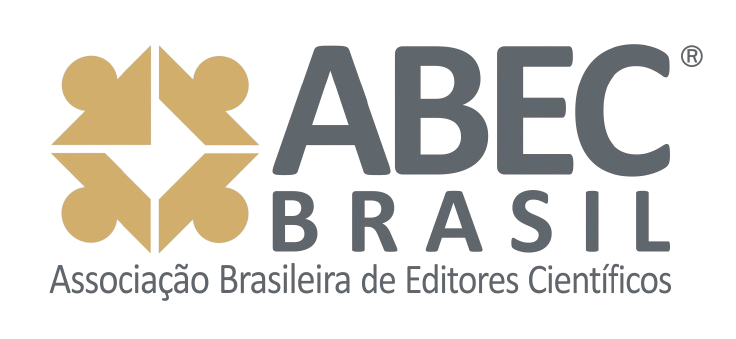Elaboração de um diagnóstico estratégico: o estudo de caso da Brilho e Cia.
DOI:
https://doi.org/10.24883/IberoamericanIC.v4i3.96Keywords:
Administração Estratégica, Diagnóstico Estratégico, Ferramentas Estratégicas, Microempresa.Abstract
O Planejamento Estratégico é importante para a competitividade das organizações face ao ambiente competitivo no qual a maioria delas se encontra, bem como em função de um ambiente externo instável. Este trabalho tem por objetivo principal realizar o diagnóstico estratégico da empresa Brilho e Cia. Para tal foram elaboradas a Matriz SWOT, a Matriz BCG e feita uma análise das forças competitivas relativas ao setor onde atua. Além disso, são descritos os principais conceitos e componentes teóricos da Matriz SWOT, BCG e do Modelo das Cinco Forças Competitivas de Porter. Esta é uma pesquisa qualitativa, realizada por meio de entrevistas semi-estruturadas em nível de diretoria da Brilho e Cia. Como conclusão, verificou-se que a situação estratégica da empresa é razoável, apesar de algumas fraquezas e ameaças com as quais convive, apresentar um portfólio um pouco desbalanceado e com uma atratividade do setor considerada média - o poder de barganha dos fornecedores é baixo, o poder de barganha dos clientes é de baixo para médio, a rivalidade no setor é média e as ameaças de novos entrantes e produtos substitutos são altas. Por conseguinte, foi possível elaborar diversas sugestões com o intuito de diminuir as fraquezas apresentadas pela empresa que porventura comprometam o aproveitamento das oportunidades existentes no mercado, combinando-os com os pontos fortes, além de ações para diminuir as ameaças e o poder de barganha relacionados as cinco forças competitivas de Porter.
Downloads
Downloads
Published
How to Cite
Issue
Section
License
Authors who publish with this journal agree to the following terms:
1. Authors who publish in this journal agree to the following terms: the author(s) authorize(s) the publication of the text in the journal;
2. The author(s) ensure(s) that the contribution is original and unpublished and that it is not in the process of evaluation by another journal;
3. The journal is not responsible for the views, ideas and concepts presented in articles, and these are the sole responsibility of the author(s);
4. The publishers reserve the right to make textual adjustments and adapt texts to meet with publication standards.
5. Authors retain copyright and grant the journal the right to first publication, with the work simultaneously licensed under the Creative Commons Atribuição NãoComercial 4.0 internacional, which allows the work to be shared with recognized authorship and initial publication in this journal.
6. Authors are allowed to assume additional contracts separately, for non-exclusive distribution of the version of the work published in this journal (e.g. publish in institutional repository or as a book chapter), with recognition of authorship and initial publication in this journal.
7. Authors are allowed and are encouraged to publish and distribute their work online (e.g. in institutional repositories or on a personal web page) at any point before or during the editorial process, as this can generate positive effects, as well as increase the impact and citations of the published work (see the effect of Free Access) at http://opcit.eprints.org/oacitation-biblio.html
• 8. Authors are able to use ORCID is a system of identification for authors. An ORCID identifier is unique to an individual and acts as a persistent digital identifier to ensure that authors (particularly those with relatively common names) can be distinguished and their work properly attributed.












